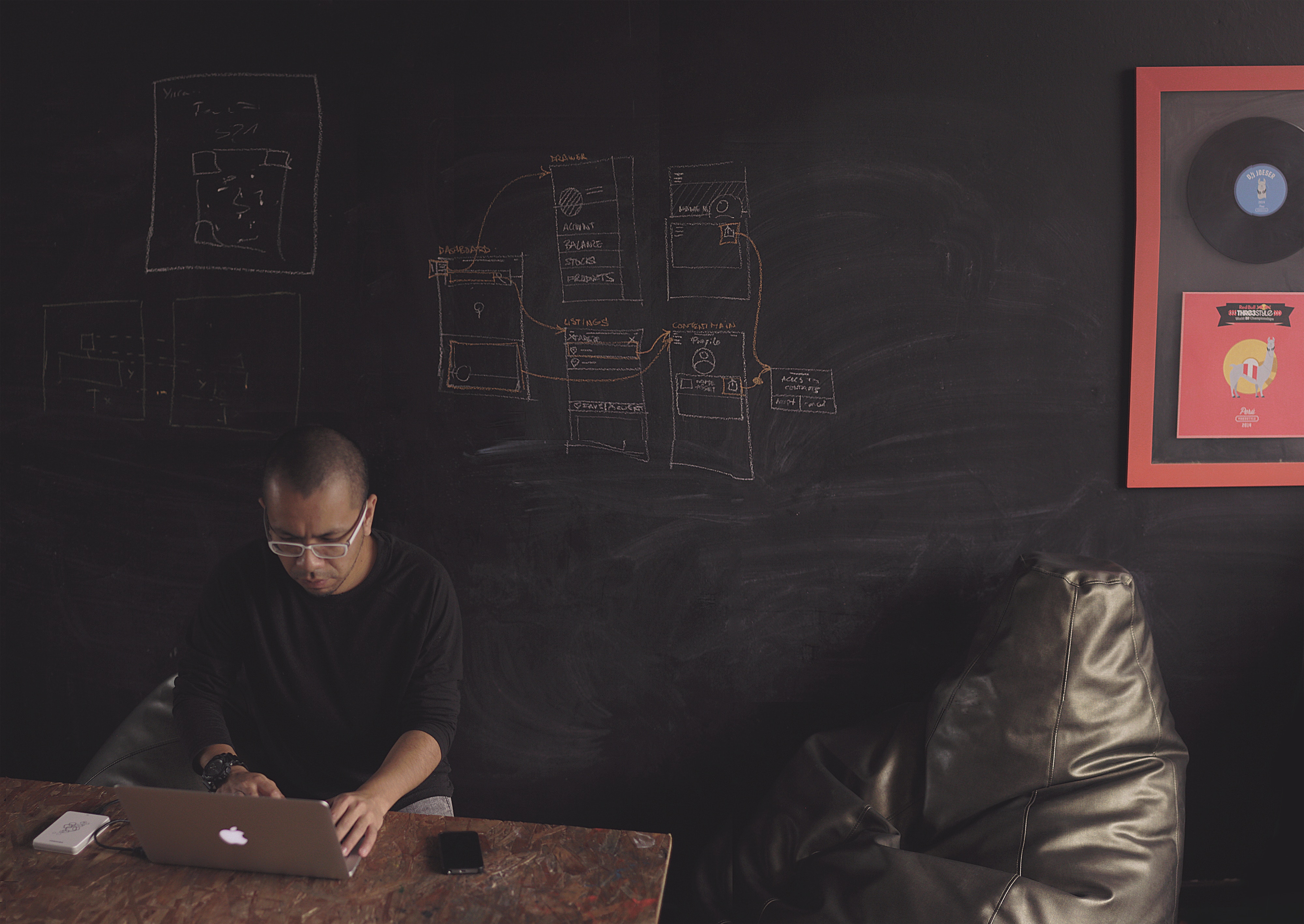A ritual is a formal, ceremonial task that is undertaken regularly. The term often has religious connotations. Rituals have weight and significance, and people approach them with a measure of importance.
In this book, I’m taking that idea of a ‘ritual’ and applying it to everyday life. I’m asking you to give weight and significance to some of the things you do on a daily basis. Doing this elevates these tasks beyond the mundane and helps you to truly appreciate and pay attention to what it is you’re doing.
You will be surprised how simple the tasks in this section are. There’s no need for complicated productivity methods or in-depth activity audits. This book is about simple ideas for a simpler life. Complex time management systems are not my style. Simple ideas to help you do less while living more? That’s what we’re aiming for.
Single-tasking
Do you multi-task? Often find yourself doing two or more things at once?
Of course you do – everyone does.
• You plan dinner while making breakfast.
• You write your presentation while in another meeting.
• You hang the washing while you talk to your kids.
• You listen to an audiobook while you exercise.
• You talk on the phone while stacking the dishwasher.
It’s what you’re supposed to do, right?
You multi-task because you’re clever. Because you’re efficient. You’re making the most of your time. You’re getting things sorted.
Yes, in some instances, multi-tasking can be a positive thing, a way to get tasks done quickly and efficiently, freeing us to spend time on the things we really want to be doing.
But what about the other side of the coin?
• Do you feel exhausted?
• Like you’re not doing anything well?
• Like you’re being torn in too many directions?
Despite what your overwhelmed, overworked, overcommitted brain may be telling you, you don’t need to do more.
You need to single-task.
Focus on just one thing at a time.
Not only is single-tasking the opposite of multi-tasking (obviously), it’s also a chance to practise complete mindfulness on the task at hand.
Single-tasking is the antidote to modern life, where we are taught that to be effective, productive and worthwhile, we must multi-task.
IT’S NOT ABOUT DOING LESS
As enticing as it sounds, focusing only on the task at hand all day, every day is impractical. Instead, the ritual of single-tasking involves:
• choosing one task you regularly do during your day
• focusing solely on that task
• immersing yourself wholly and completely in experiencing it.
It helps you find the simple beauty and everyday joy in mindfully completing one task.
Practising this ritual of mindfulness brings you completely into the present moment. It teaches you how to be grateful for even the most mundane of tasks and opens your mind to the beauty of doing one thing wholeheartedly.
It might not be possible to single-task for your whole life – or even a whole day. But practising single-tasking once a day is entirely achievable. And it adds no time, as you choose a task you already do. Now this task serves an extra purpose: it’s a chance to clear the mental clutter – even for a moment.
The best way to make single-tasking worthwhile is to focus on the right things at the right time – to discern the difference between distractions and purpose.
EXERCISE
Single-tasking
Five minutes is all you need for this exercise. Even one minute will do. One minute of beautiful, meditative quiet in a day otherwise filled with the urgent need to be productive, get things done,
prove your value.
1. PICK ONE TASK
Choose an everyday task, such as brushing your teeth, making the bed, hanging out the laundry or washing up after dinner. When the time comes to do that task, devote yourself to it completely.
1–5 MINUTES
2. SOAK UP EVERY DETAIL
Immerse yourself in your senses. Let this task be the one thing you are thinking about, the sole purpose of this moment. Are you hanging out the laundry? Instead of planning dinner or thinking about tomorrow’s meeting or what you will do when the kids wake from their nap, focus on:
• the fresh scent of the wet, clean clothes
• the coolness of the damp fabric in your hands
• the snap of the pegs on the line
• the way the sunlight hits the linen.
Appreciate that you’re making time to do this simple task so your family will have clean clothes.
Perhaps you’re making a cup of tea:
• Think about the water heating up in the kettle.
• As you pour the water into the cup, concentrate on the comforting sound it makes.
• Watch the tea leaves stain the water, changing it from transparent to light to dark.
• If you add milk, watch it combine with the water, changing its colour.
• If you add sugar, listen to the clink of your spoon on the sides of the cup as you stir.
• Notice how the steam rises delicately.
3. WHEN YOU’RE DONE . . .
Take a deep breath and return to the day. Get back to keeping balls in the air, kids on swings, food in bellies, phone calls answered – but with a newly created pocket of time and a sense of mindfulness you might not have had otherwise.
WHY MAKE IT A RITUAL?
By making this small ritual of single-tasking part of your everyday life, you are prioritising your wellbeing. You are acknowledging that there is more to life than churning through a to-do list, more than just getting things done. After all, this is why we’re on the path to a simpler life, isn’t it? So we can experience more of these moments every day. More simple pleasures.
More little joys. More mindful intention.

Destination Simple (Anima) by Brooke McAlary, out now.


